In this crafty science project we'll show you how to make an eclipse model that demonstrates what's happening between the Sun, Earth and the Moon when a solar eclipse or lunar eclipse occurs.
It makes for a great science project for kids and young astronomers, and works for school or at home.
More amazing Chandra observations

If you're a teacher or science communicator, our eclipse model is a good way of demonstrating the mechanics of the Solar System and what causes eclipses.
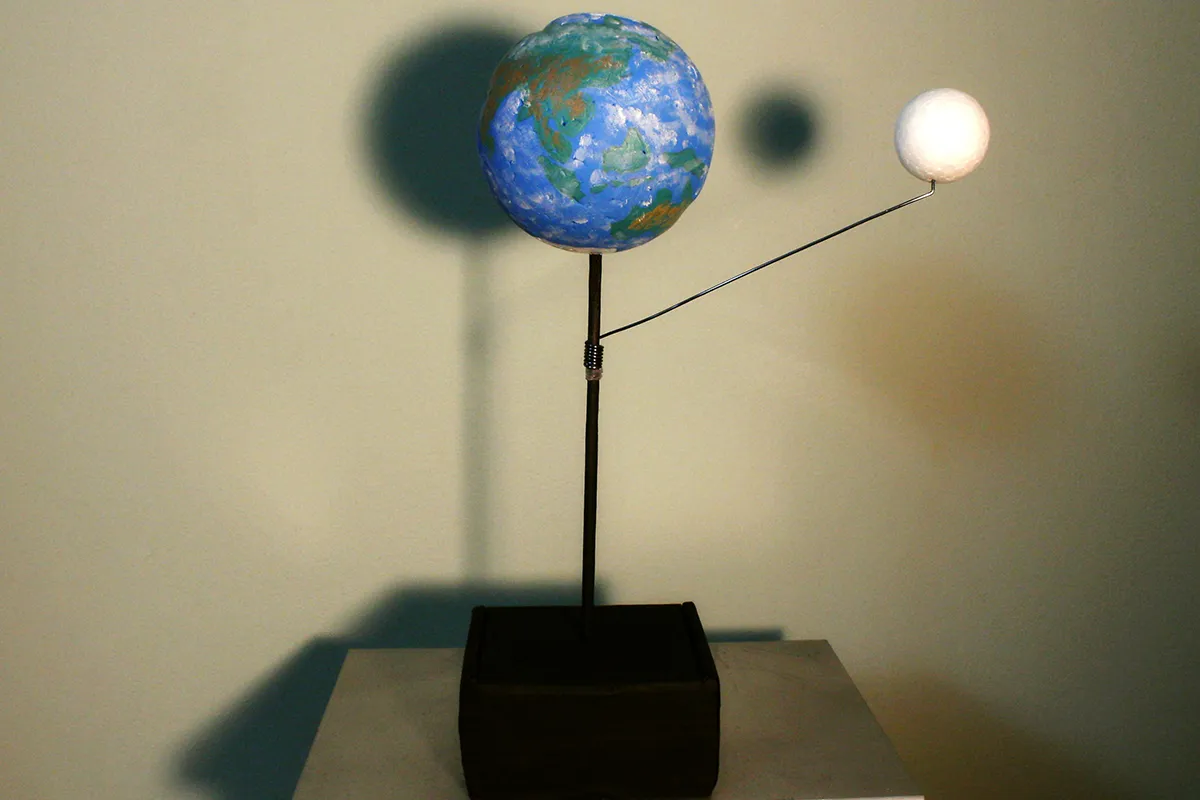
On Earth, when the Sun shines on an object, it casts a shadow.
But those shadows aren’t limited to the terrestrial surface: the Moon and Earth cast shadows into space too, and as the two bodies interact with those shadows, it creates lunar and solar eclipses.
We're going to show you how to use ordinary household items to make a model and that can be used to teach kids and young astronomers how a solar or a lunar eclipse works.
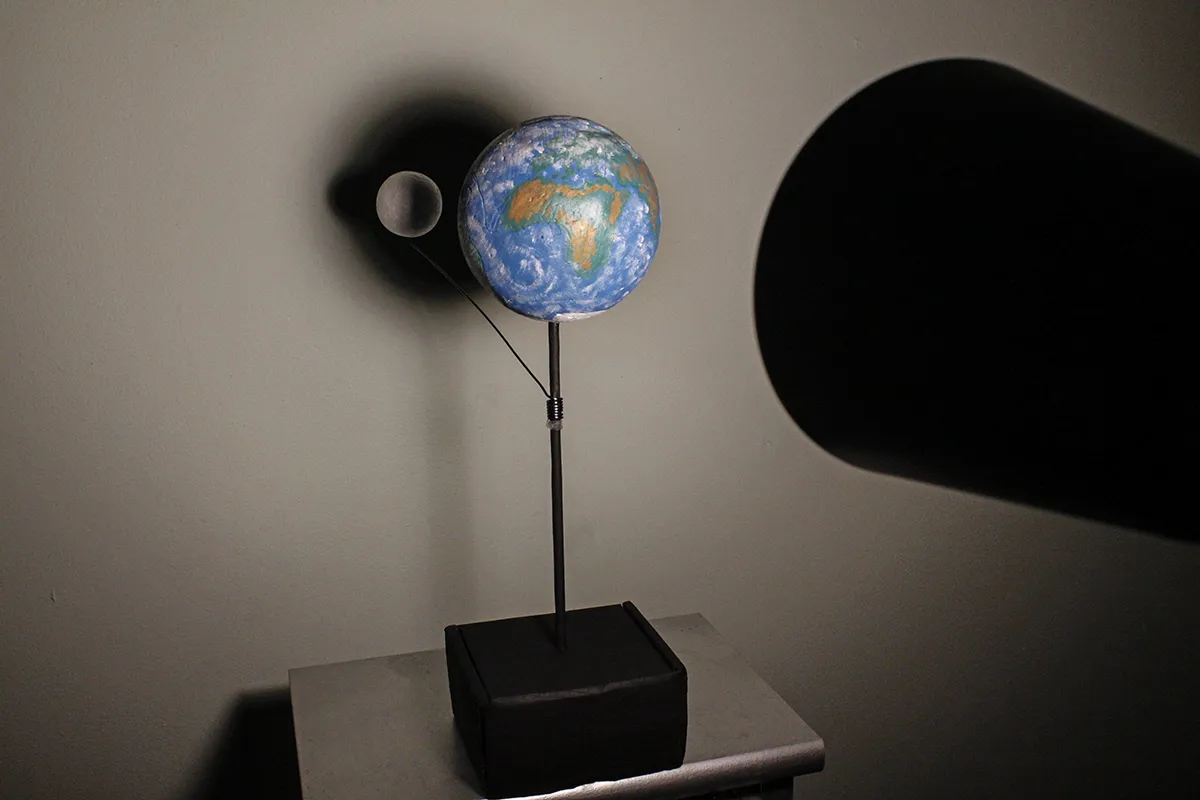
This is a fun science project and, what's more, the same model can be used to demonstrate how solar eclipses work and also how lunar eclipses work.
But in case you have a particularly inquisitive child and want to prepare for a barrage of questions in advance, first, a little eclipse science.
What causes a lunar eclipse?
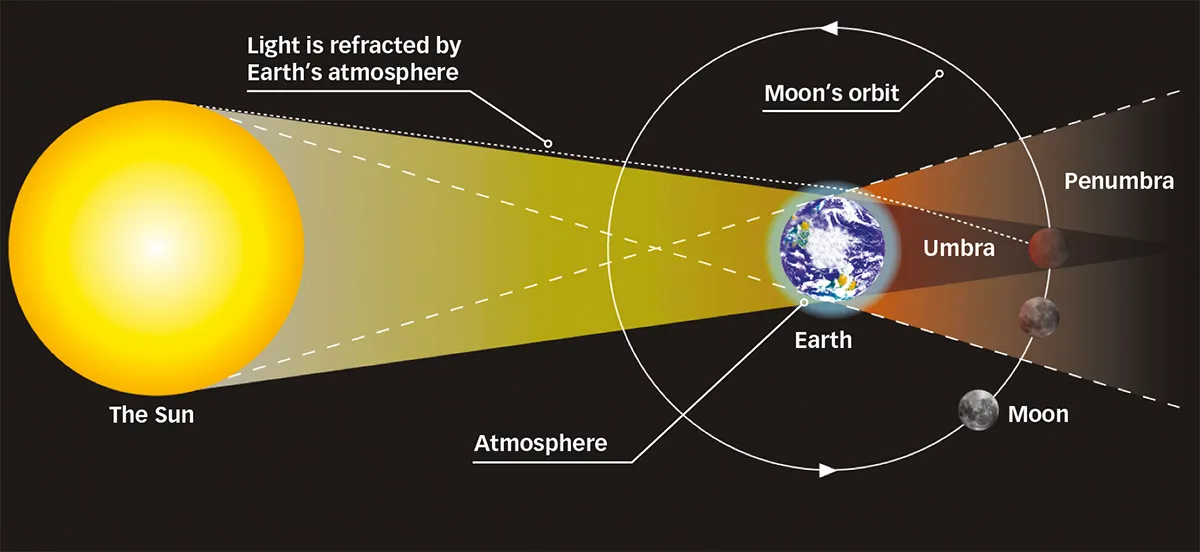
A lunar eclipse occurs when the Moon passes into Earth’s shadow. This can only occur during a full Moon, when the Moon is on the opposite side of Earth from the Sun.
There are two parts to Earth’s shadow; the darker umbra and a slightly brighter penumbra.
If the Moon passes fully into the umbral shadow, a total lunar eclipse occurs and the Moon will turn a reddish brown colour.
Because Earth’s shadow is so huge, a total lunar eclipse takes place over several hours. If the Moon only passes part way into the shadow we get a partial lunar eclipse.
What causes a solar eclipse?
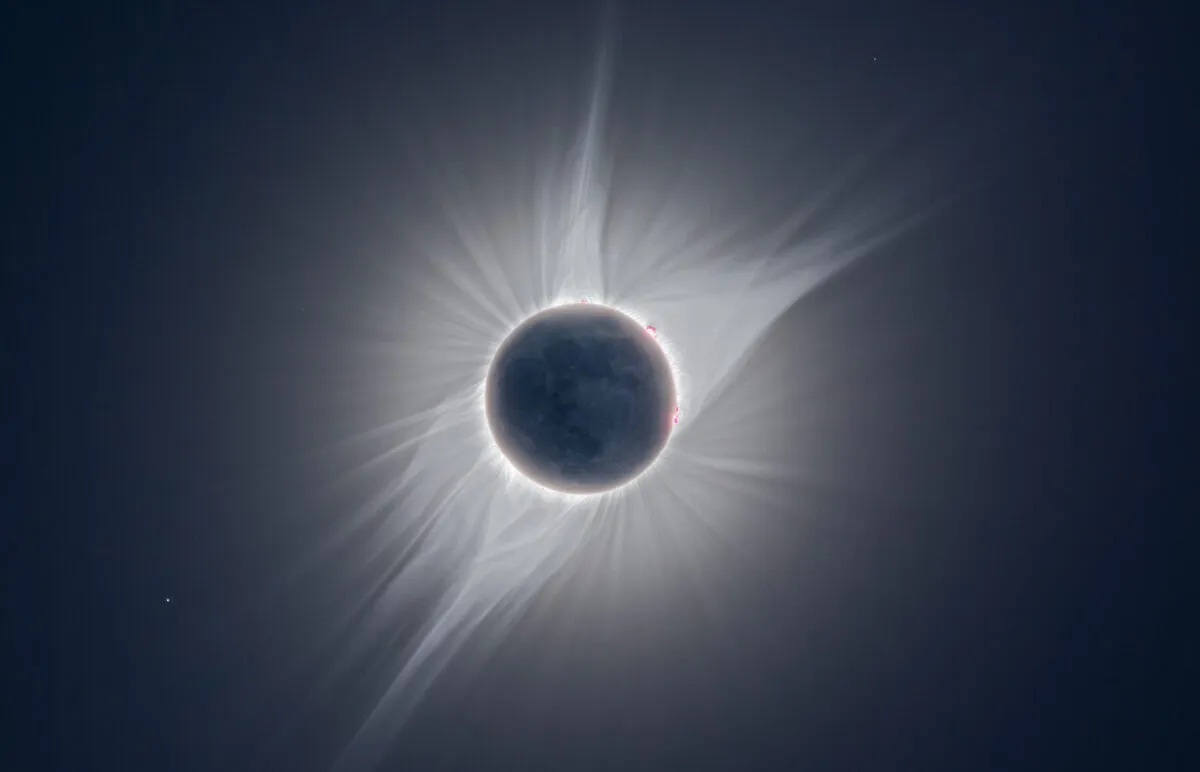
A solar eclipse occurs when the Moon passes between the Sun and Earth. This can only occur during a new Moon (for more on this, read our guide to the phases of the Moon).
The Moon is 400 times smaller than the Sun, but the Sun is 400 times further away, so from Earth, the Sun and the Moon appear the same size.
That means that, during a total solar eclipse, the Moon perfectly covers the Sun.
This allows us to view the Sun’s corona, which is too faint to observe at any other time.
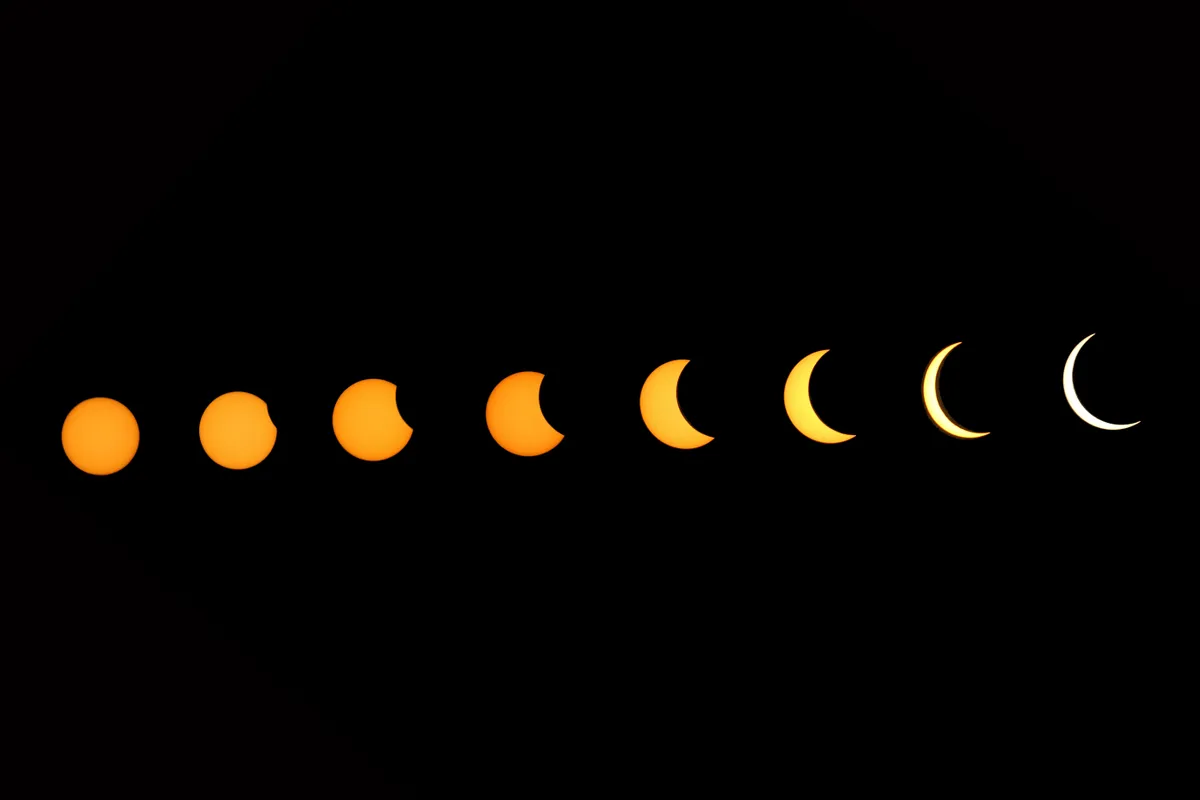
As the Moon passes in front of the Sun, it casts a small shadow that races across Earth’s surface at between 1,600 and 8,000 kilometres per hour.
The Moon’s shadow is also made up of an umbra and penumbra. If you are in the path of the umbral shadow you will experience totality, but this only lasts for a couple of minutes.
For more info, read our guides on what is a solar eclipse? and how to safely observe a solar eclipse.
Why eclipses don't happen all the time
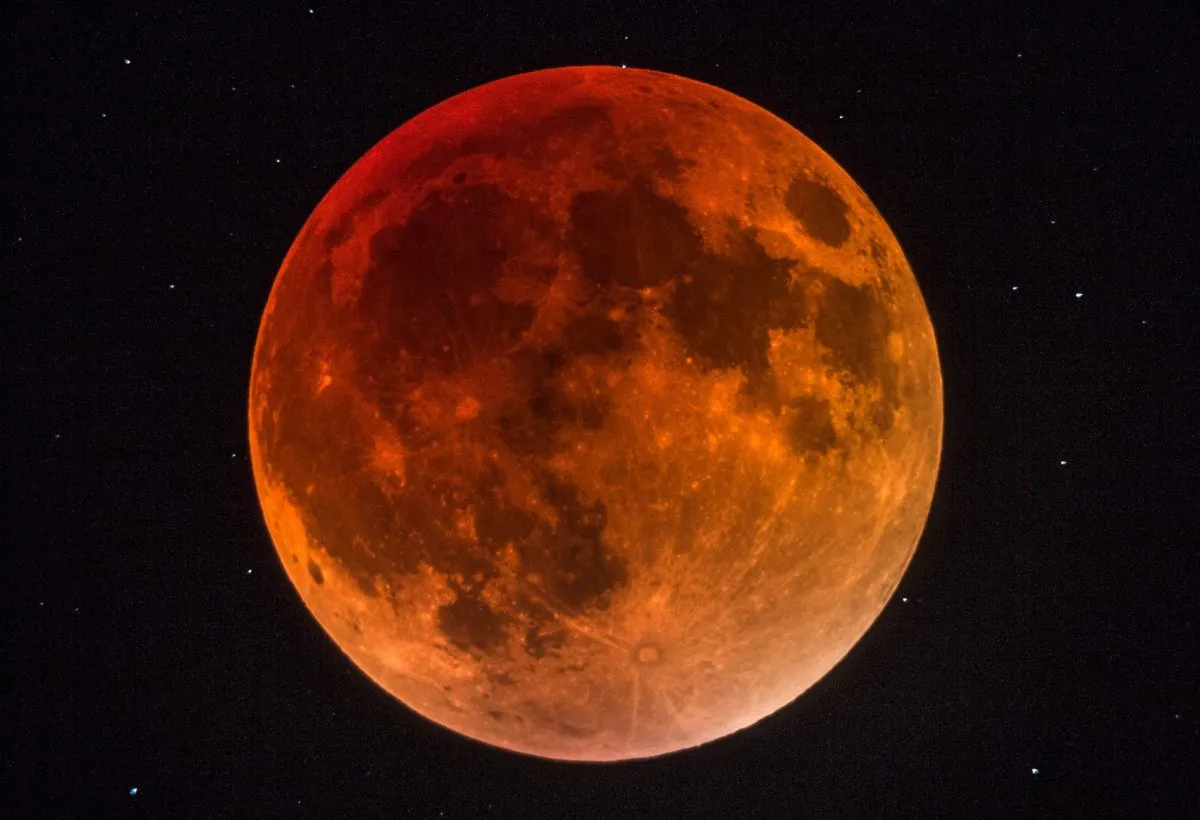
Eclipses don’t occur every month because the Moon’s orbit is tilted.
From any specific location, total lunar eclipses are visible about every 2.5 years. Partial lunar eclipses are more frequent.
Total solar eclipses, however, are much rarer. The next total solar eclipse visible from the UK isn’t until 23 September 2090, but there are plenty of partial solar eclipses visible before that!
For more info, find out when and where the next eclipse will text place.
Creating an eclipse model
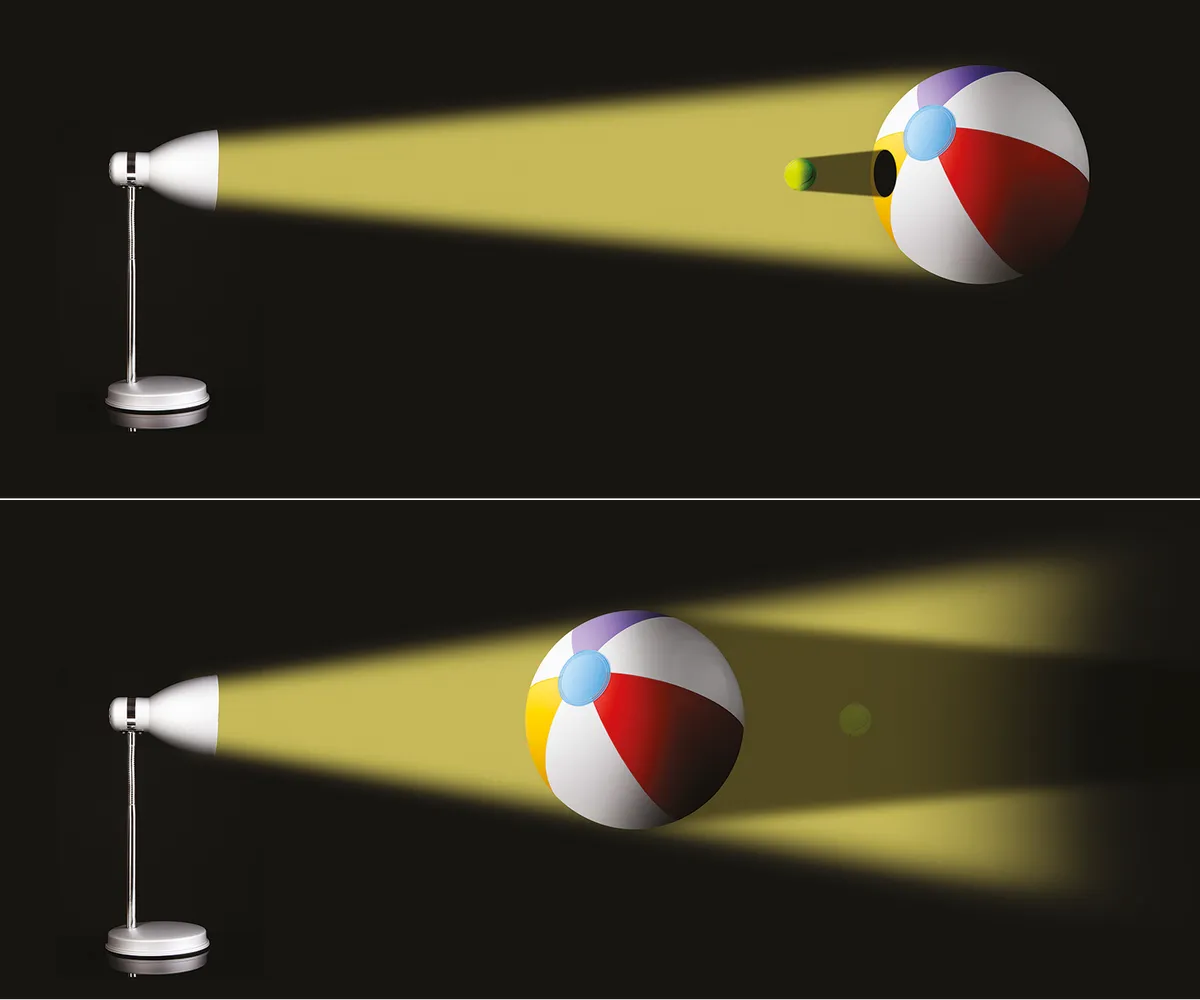
Because eclipses can’t be viewed in person that often, it is helpful to have a model that you can use to demonstrate how they work.
The model also allows us to get the wider view of how eclipses look from space, rather than just from Earth’s surface.
This model is simple to make and is a fun family project. It can be used to demonstrate both lunar and solar eclipses, and it shows the umbral and penumbral shadows in both cases.
One thing to note is that although the relative size of Earth and Moon in our model is roughly correct, the distances are not to scale.
If they were, the Moon would need to be 2.6m from Earth, and the lamp used as the Sun would need to be 1.02km away and have a diameter of 9.5m.
All rather impractical at home, so we’ve gone for a sensible size, which will still show the theory well.
Tools & materials for your eclipse model
- A wooden barbecue skewer, the one we used had a 4mm diameter.
- Two white polystyrene balls, one with an approximate diameter of 7.5cm and one of 2.5cm.
- A small elastic band; a 25cm-length of craft wire – we used 18 gauge, which is approximately 1mm diameter. The wire needs to be easy to bend but sturdy enough to take the weight of the smaller ball.
- A small but sturdy box to act as a base (eg 7cm x 8.5cm x 4cm); model paints for Earth and a black marker pen for the skewer and base.
- An angle-poise lamp with a bendable head so you can point the light directly at the model.
How to create your eclipse model
Step 1

Push the pointed end of the skewer into the larger ball then paint it to look like Earth using water-based paint. This is excellent opportunity for a geography lesson, but it is up to you how accurately you want to paint the features!
Step 2

Trim the barbecue skewer to 19cm, then paint it black with paint or permanent marker. This will be the support for the larger ball – Earth in the model. It will need to be sturdy as it will also have to support the additional arm for the Moon.
Step 3

To form the arm for the Moon, tightly wind one end of the wire six times around something slightly larger than the skewer. Slide it onto the skewer and make sure it rotates freely. Place a small elastic band 4cm below the Earth ball to hold the arm in place.
Step 4

Gently angle the remaining wire upwards; then put a bend 1cm from the other end of the wire so it is pointing straight up, and push the smaller Moon ball onto it. Make sure the Moon is in line with Earth with a 5cm gap between them.
Step 5

Make a hole about the same size as the diameter of the skewer in the centre of the box lid and push the skewer into it. Next, put a blob of Blu Tack inside the box to help to keep the skewer in place. We painted the box black for a nice finish.
Step 6

Place a lamp 25cm from the model. Move the Moon in front of Earth (right) to see the lunar umbral and penumbral shadow, simulating a solar eclipse. Move it behind Earth (left) to see Earth’s umbral and penumbral shadow cast on the Moon, a lunar eclipse.
If you make our eclipse model, get in touch and let us know by emailing contactus@skyatnightmagazine.com
